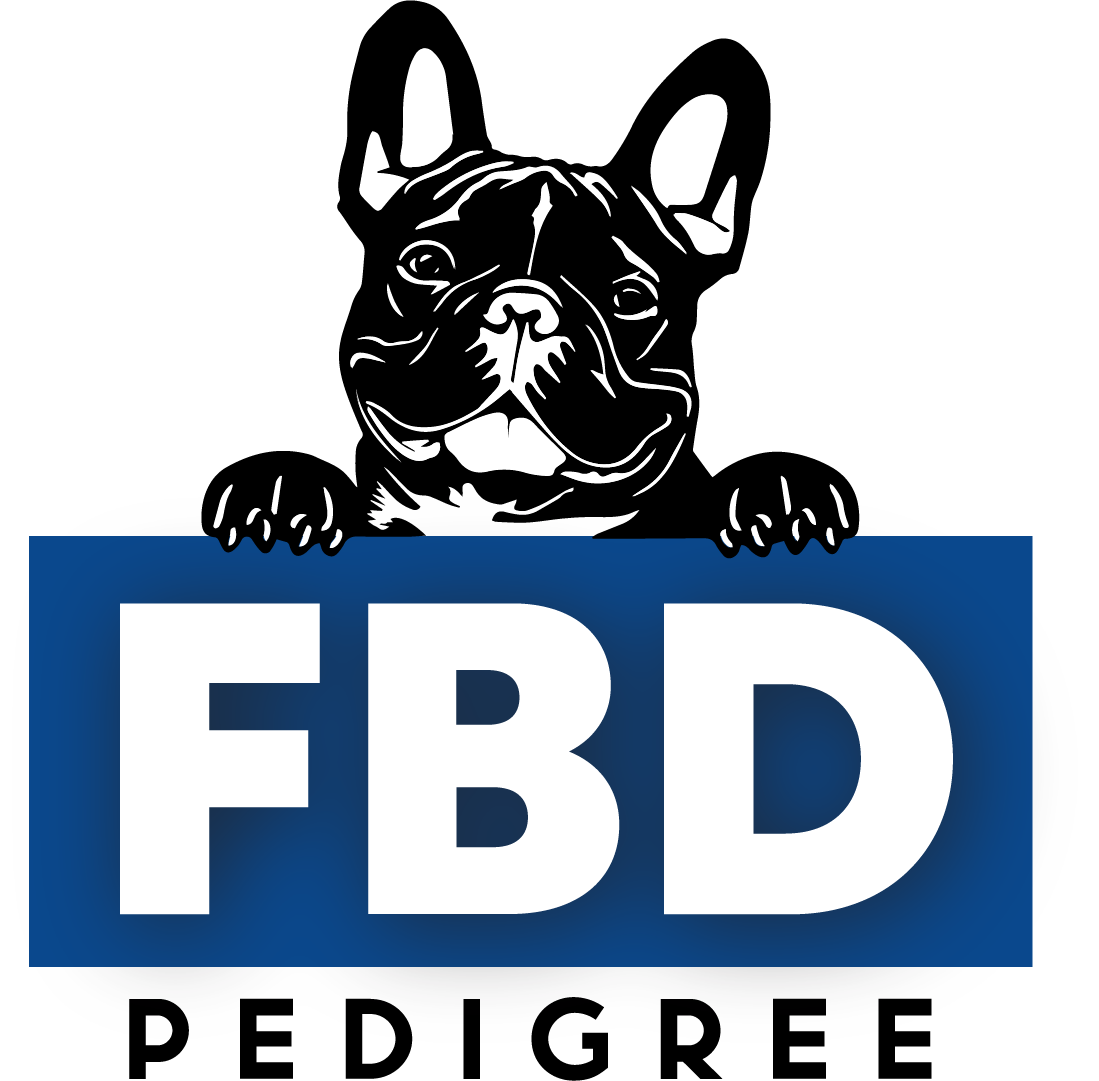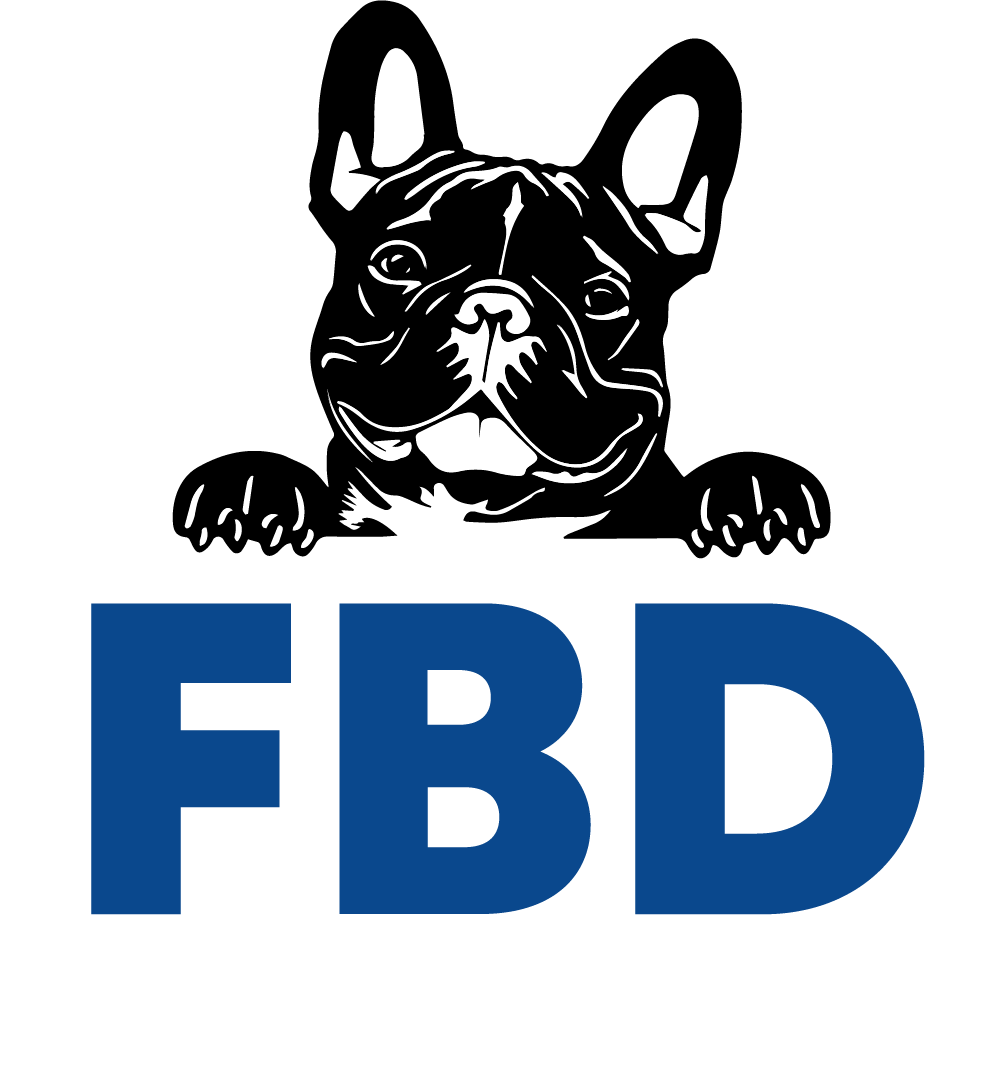
Ancestor calculations 5 Generations
Understanding these calculations can be intricate, but we're here to help you understnad it.
Pedigree analysis relies on the database information and is only as accurate as the data available. Incomplete generations, where ancestors are unknown, are highlighted in red. To improve accuracy, missing dogs need to be added. If too many dogs are missing, the COI (Coefficient of Inbreeding) can be shown as 0.000%.
Ancestor Loss, Maximum Ancestors, Actual Ancestors:
The maximum potential number of ancestors in a pedigree can be calculated using the formula 2^(number of generations + 1) - 2. Ancestor loss is figured by comparing this maximum with the actual number of different ancestors. For example, in a four-generation pedigree with 30 dogs, if there are 30 unique dogs, there's no ancestor loss. But if there are only 26 unique dogs, indicating some inbreeding, the ancestor loss would be 13.3%.
Percentage of Genetic Contribution:
This estimates how much each ancestor contributes to the pedigree's genetics. Sire and dam each contribute 50%, grandsires and granddams 25%, great-grandparents 12.5%, and so on. Whenever an ancestor appears in the pedigree, their percentage values are added together. For instance, a dog in the grandparent generation contributes 25%, and if it also appears in the great-grandparent generation (12.5%), its total genetic contribution would be 37.5%.
Calculations for:
MARCO VON GLANDORF
Coefficient of Inbreeding (COI):
| Analysis Summary | # of dogs | Gen 1 | Gen 2 | Gen 3 | Gen 4 | Gen 5 |
|---|---|---|---|---|---|---|
| Ancestors in 5 generations | 10 | 2 | 2 | 4 | 2 | 0 |
| Max. ancestor count | 62 | 2 | 4 | 8 | 16 | 32 |
| Ancestor loss | 52 | 0 | 0 | 0 | 0 | 0 |
| Ancestor loss % | 83.9% | 0 | 0 | 0 | 0 | 0 |
| Ancestors | Genetic Contribution % | # of appearances | 1 | 2 | 3 | 4 | 5 |
|---|---|---|---|---|---|---|---|
| 50.00% | 1 | 1 | 0 | 0 | 0 | 0 | |
| PENNY VON GLANDORF | 50.00% | 1 | 1 | 0 | 0 | 0 | 0 |
| BELBOULECAN HISTOIRE DE MA VIE | 25.00% | 1 | 0 | 1 | 0 | 0 | 0 |
| GIVENCHY EXCLUSIVE VON GLANDORF | 25.00% | 1 | 0 | 1 | 0 | 0 | 0 |
| ALLSTONE DOUGLAS | 12.50% | 1 | 0 | 0 | 1 | 0 | 0 |
| 12.50% | 1 | 0 | 0 | 1 | 0 | 0 | |
| 12.50% | 1 | 0 | 0 | 1 | 0 | 0 | |
| 12.50% | 1 | 0 | 0 | 1 | 0 | 0 | |
| 6.25% | 1 | 0 | 0 | 0 | 1 | 0 | |
| 6.25% | 1 | 0 | 0 | 0 | 1 | 0 |
